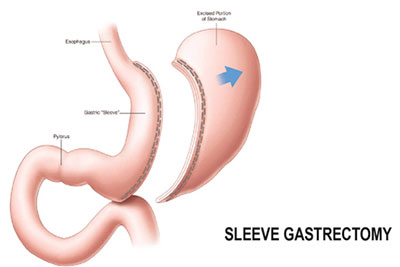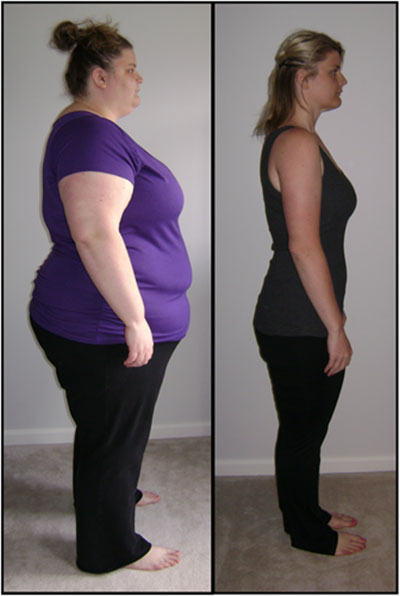Diabetes currently affects more than 160 million people world and that number is Expected to quickly increase. Over 85% of people with the disease have the Type 2 form, which is associated with obesity and overweight, lack of physical activity, family history and older age. Unlike Type 1 diabetes in which the pancreas fails to produce required insulin, the pancreas in patients with Type 2 diabetes produces enough insulin, but for unknown reasons, the body is unable to use the insulin. Diabetes can lead to many disorders like blindness, heart and blood vessel disease, strokes, kidney failure, amputations, and nerve damage. Current therapies, which include diet, exercise, oral antidiabetic drugs and insulin, do not always cure the disease , Surgery is the Alternate option to Rigid of this Disorders.
Obesity Diabetic surgery (also called bariatric surgery) has been a popular treatment in the war against obesity. Weight loss surgery generally results in sustained weight loss than conventional treatment, and leads to improvements in quality of life and obesity related diseases such as diabetes, hypertension, sleep apnea (when breathing stops for short periods during sleep) and many others.
Criteria for SurgeryThe basic criteria are an understanding of the operation, its benefits and risks and the lifestyle Changes the patient will need to make, and either:

Bariatric operations currently performed include stomach restriction (adjustable gastric banding, sleeve gastrectomy) and combined restrictive and malabsorptive procedures (Gastric bypass, biliopancreatic diversion with duodenal switch). The most common bariatric surgery is gastric bypass (also called Roux-en-Y gastric bypass, RYGB): a small stomach pouch is created with a stapler device, and connected to the distal small intestine.
The upper part of the small intestine is then reattached in a Y-shaped configuration.
band can be adjusted by injecting saline through the port placed under the skin allowing quicker weight loss. Sleeve gastrectomy is one of the newest methods of surgical weight loss. The part of the stomach along its greater curve is resected. The stomach is "tubulized" with a residual volume of about 150 ml. This volume reduction provides the food intake restriction.
This surgery provides substantial (greater then gastric bypass or lap band) weight loss and can be used for obese patients (with BMI more then 60) .The minimally invasive approach achieves results identical to those associated with open surgery, but with less postoperative pain and swifter recovery. Patients who undergo laparoscopic bypass surgery can return to work after two to four weeks. Laparoscopic surgery also reduces the risk of developing hernias, which are more common after traditional abdominal surgery.
Bariatric surgery, formerly used only for treating obesity, is now being explored as a cure for type 2 diabetes not only in obese patients but also in normal weight or moderately overweight people.
A recent study on over 10,000 patients showed that, 85 percent who underwent Gastric bypass experienced complete reversal of their type 2 diabetes. Improvement in blood sugars and reduction or elimination of diabetic medications is often seen within the immediate period following bariatric surgery, even before significant weight loss. These results are typically persistent for rest of the life, as long as normal body weight is sustained. Resolution of diabetes is measured by normalized fasting blood sugar and glycosylated hemoglobin (HgA1C) concentrations. Bariatric surgery ameliorates diabetes independently of weight loss, through mechanisms
that remain unclear. Gastric bypass, improves diabetes through rapid weigh loss, by exclusion (bypassing) of the initial portion of the jejunum from the flow of nutrients and by altering production of various gut hormones leading to improvement of insulin secretion and resistance. Despite of the hypothetical mechanism, Gastric bypass is the most powerful operation to control diabetes.
